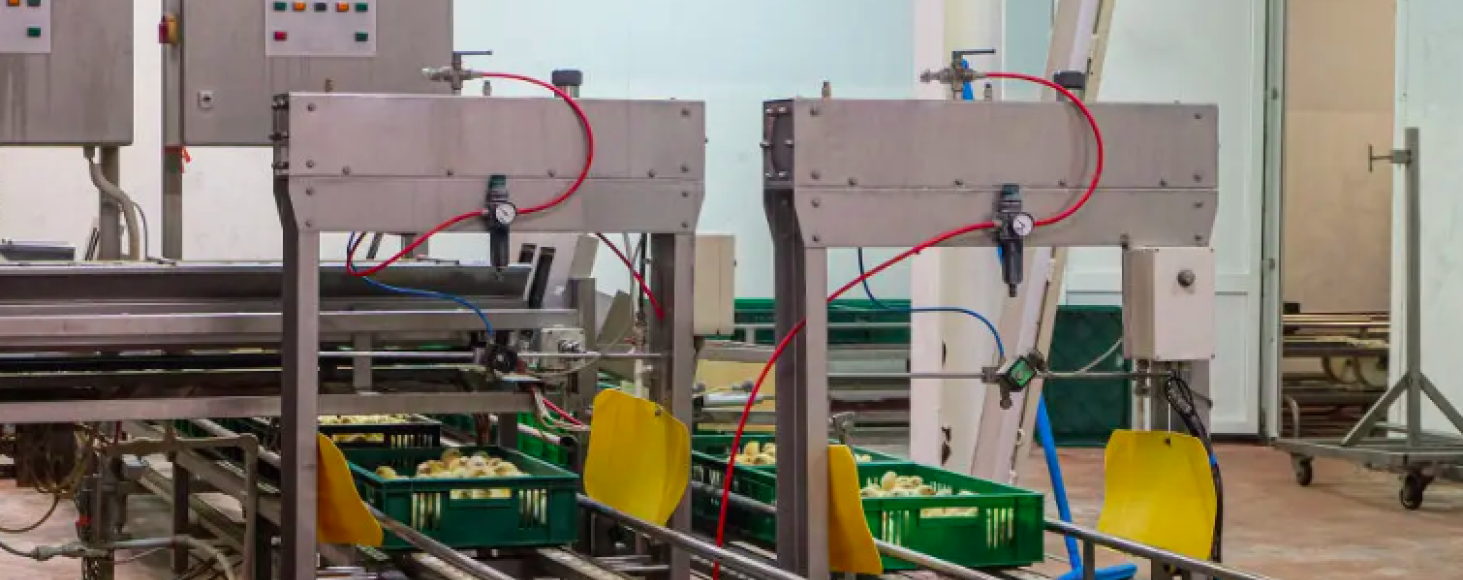
In rural areas exhibiting relatively high poverty rates, private sector agro-processing investors are often wary of unpredictable business environments and supply constraints for key processing inputs.
As a result, new investments in commercial-scale horticultural value addition and supporting services such as seed multiplication, investment in crop protection solutions, and irrigation systems are frequently talked about but executed less frequently.
